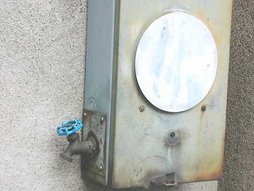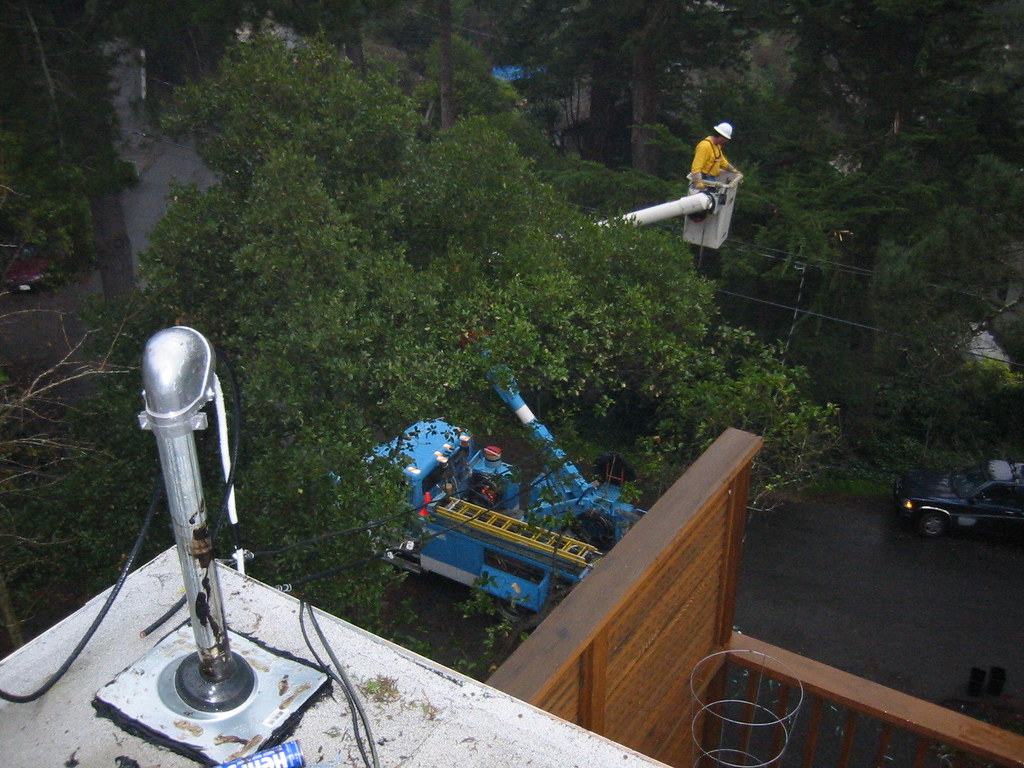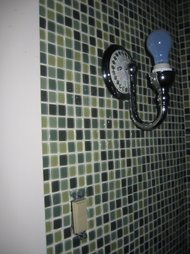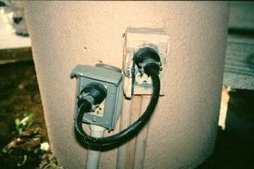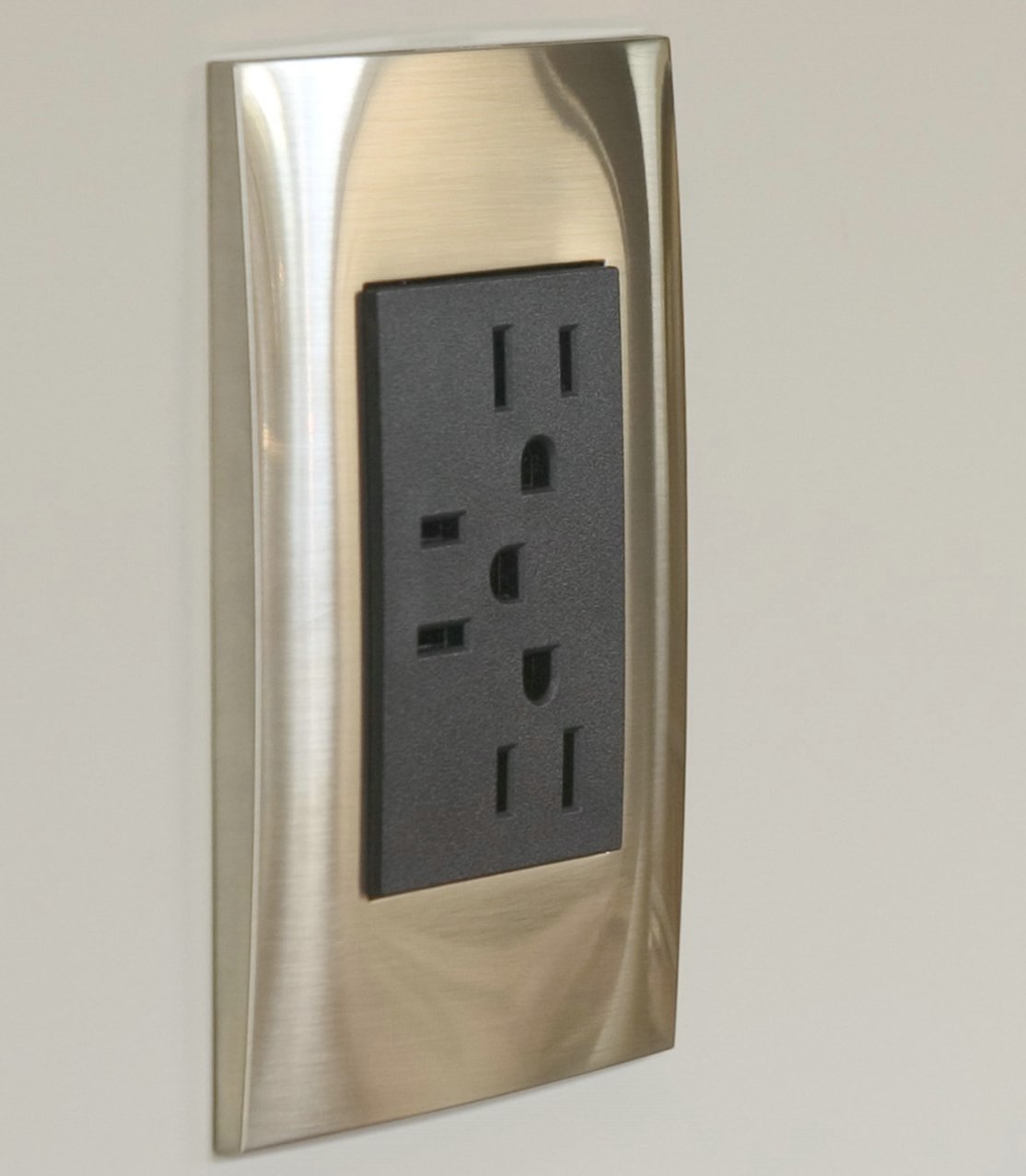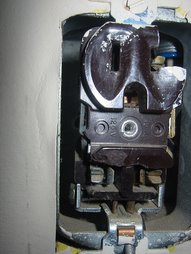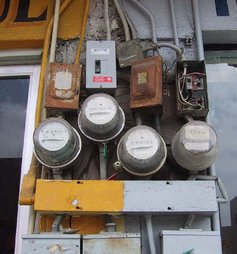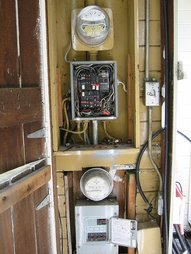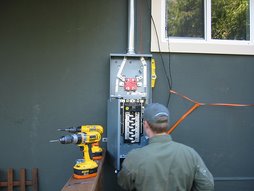I've been professionally troubleshooting electrical system problems since 1996. Over that time I've amassed a wealth of knowledge I am happy to share with you.
Here are some tips
#1: DO THE SIMPLEST THING FIRST
Visual inspection is the best place to start. Photos first remotely in Covid time.
#2: DON'T TRUST THE WORD/WORK OF ANYONE WHO'S TRIED TO FIX IT BEFORE
Remember, that person didn't manage to get it fixed, so their opinion is irrelevant. Also disregard "we already tried this, that and the other." You need to check this, that, and the other yourself.
Remember, that person didn't manage to get it fixed, so their opinion is irrelevant. Also disregard "we already tried this, that and the other." You need to check this, that, and the other yourself.
#3: GET THE USERS TO REPLICATE THE FAULT
Get them to go through the steps of replicating the problem.
Get them to go through the steps of replicating the problem.
Even if that doesn't replicate the problem, it gives you direction.
"intermittent faults are among the hardest to diagnose
#4: GET GOOD AT ASSESSING THE "WORST-CASE SCENARIO"
More often than not this comes down to "X needs replacing, it'll cost Y dollars, and take Z hours to complete." Remember, this might not be the actual outcome, but it gives everyone concerned -- you included -- a framework for how to proceed.
More often than not this comes down to "X needs replacing, it'll cost Y dollars, and take Z hours to complete." Remember, this might not be the actual outcome, but it gives everyone concerned -- you included -- a framework for how to proceed.
You do have to get paid for this survey / evaluation. And this comes in useful for tip #5.
#5: DON'T SPEND MORE MONEY TRYING TO FIX SOMETHING THAN IT WOULD COST TO REPLACE IT
And remember, time is money too. And if a replacement would cost X, and you've spent a quarter of X on trying to repair something before deciding to replace it, the job's cost one and a quarter X. But some things are just mission critical. The costs quickly mount up. Which leads on to...
And remember, time is money too. And if a replacement would cost X, and you've spent a quarter of X on trying to repair something before deciding to replace it, the job's cost one and a quarter X. But some things are just mission critical. The costs quickly mount up. Which leads on to...
#6: KNOW WHEN TO CALL IT A DAY
"you will never run out of opportunities to work for free."
Things are very different if you're doing a job for someone for free to help them out versus when you are working for a corporation on mission critical work, but you still have to be able to call it a day.
"a professional handles money and accounts very carefully."
#7: WORK THE PROBLEM, BUT USUALLY YOU WILL HAVE TO MAKE AN EDUCATED GUESS
This is where long experience in the field comes in. The idea with anything is to come up with a logical, methodical, and evidence-based diagnosis, but just as with #1 (starting with the easiest thing), sometimes you have to make a leap of faith. So, for example, you think the problem is with X, so you could eliminate X out of the equation, or swap out the suspected X with a known good.
This is where long experience in the field comes in. The idea with anything is to come up with a logical, methodical, and evidence-based diagnosis, but just as with #1 (starting with the easiest thing), sometimes you have to make a leap of faith. So, for example, you think the problem is with X, so you could eliminate X out of the equation, or swap out the suspected X with a known good.
"see if the problem follows the line or the load"
The more expertise and experience you have, the better honed your intuition will be, and the less of a "guess" it will be. But, you do have to begin at the beginning.
The more expertise and experience you have, the better honed your intuition will be, and the less of a "guess" it will be. But, you do have to begin at the beginning.
#8: NEVER LET YOUR PRIDE GET CAUGHT UP
Know when you're beat. Know when to call in someone smarter than you. Know when to walk away (more emotionally rather than physically). I'm there to fix things, not take responsibility for the legacy install.

















